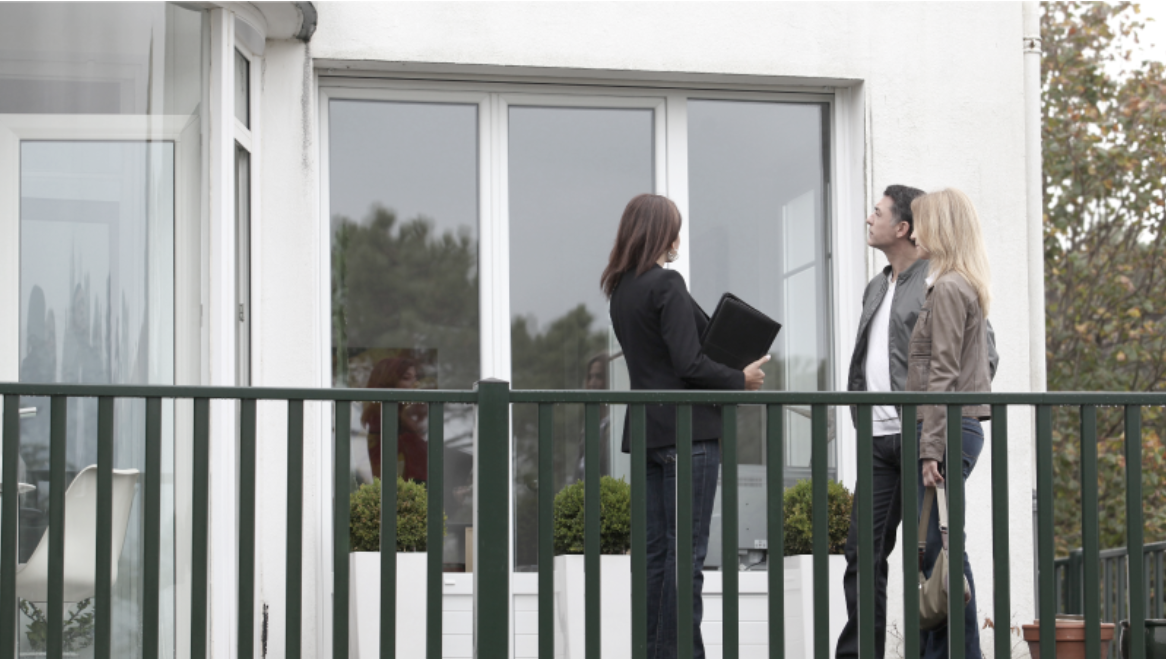Part three of a five-part series created from an article by Michelle Higgans, staff writer at The New York Times covering Real Estate, Travel & Consumer Trends. Enjoy!
___________________________________________________________
THE SEARCH FOR A NEW HOME
Now that you have a better sense of your budget, figure out where you want to live.
1. CHOOSE A NEIGHBORHOOD
What makes a good neighborhood? The answer to that question is going to be different for everyone. But you can quickly narrow your choices by focusing on some key factors:
• Where can you afford a home?
• What is the length of your commute?
• Do you want to be near good schools?
Talk to friends and co-workers about where they live. Then, visit shops and restaurants in neighborhoods you’re considering, to get a better feel for the place, including the overall community atmosphere and whether you could be friends with the people who live there.
If you like a certain zone, go back at different times and days of the week to get a sense of what the traffic is like at rush hour and if that seemingly sleepy village at midday is party central at night. Some real estate firms have expanded their services by offering seminars and guided neighborhood tours. (You may also want to take a virtual tour around the neighborhood using Google Street View.) There are also online tools designed to help you find the right neighborhood.
2. COMPARISON SHOP
Once you’ve determined where you’d like to live, start browsing websites like nytimes.com/realestate, Realtor.com and Zillow, to see the homes available in that area. Eliminate sections of your chosen town that don’t have the style or size home you want at the price you can afford. Setting up alerts on these sites based on your criteria can help automate some of the work. Many search sites show how long a given listing has been on the market, if the price has been raised or lowered, past sales and other useful data that can help determine if a listing is overpriced or has been languishing on the market. From there, figure out which homes you want to see.
3. TIME TO VISIT
Visit a range of open houses to help narrow your preferences. This will help you get a sense of the housing stock in the area, and what is meant by a dog-trot house or a railroad flat. If there’s a crowd at an open house, you may also gain insight from the questions and comments made by other potential buyers. When you have a better sense of what you want, line up some private showings. A private showing with a real estate agent will allow you to take your time at a place without the pressure or distraction of competing buyers. Tip: If you can, schedule a showing during the week before the open house, so you can use the open house for your second visit.
During your tour:
• Open the closets to check the storage space.
• Pull back the curtains to consider the view.
• Walk through the backyard and consider the maintenance needed to keep it in shape.
• Ask a lot of questions: How far is the home from trains and buses? Why do the sellers want to move? When were the last improvements? How much do utilities cost? Have any offers already been made?
Open houses can also be a good way to meet real estate agents with whom you might consider working.
4. FIND A REAL ESTATE BROKER
You can find homes for sale on your own, but a good broker can help you make sound decisions and guide you through the home buying process. They can also help you get access to homes as soon as they hit the market, before they may be listed online.
To find the right broker for you, talk to friends and family members who have bought or sold recently in your area. Look for a broker who has a track record working with buyers in your situation, and who will get back to you promptly. Keep in mind that your broker’s commission, typically 5 to 6 percent split with the seller’s broker, will ultimately come out of the sale proceeds. So even though you may not be paying your agent directly, you can expect that fee to be accounted for in the list price. And remember: your broker works for you, but he or she doesn’t get paid unless you buy a home.


 Facebook
Facebook
 X
X
 Pinterest
Pinterest
 Copy Link
Copy Link
